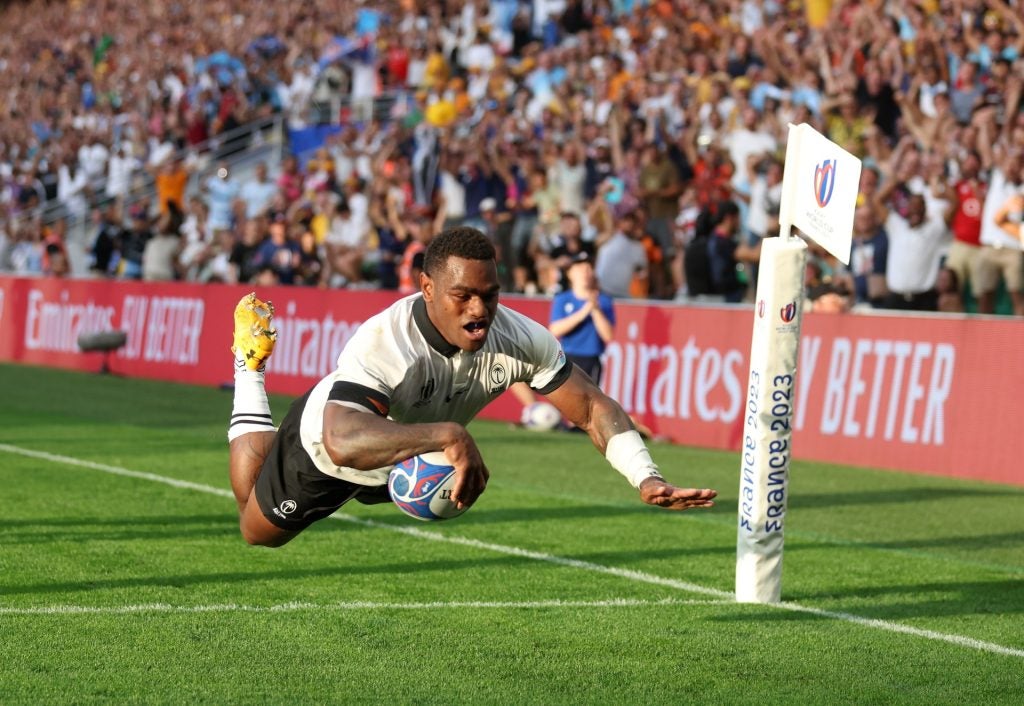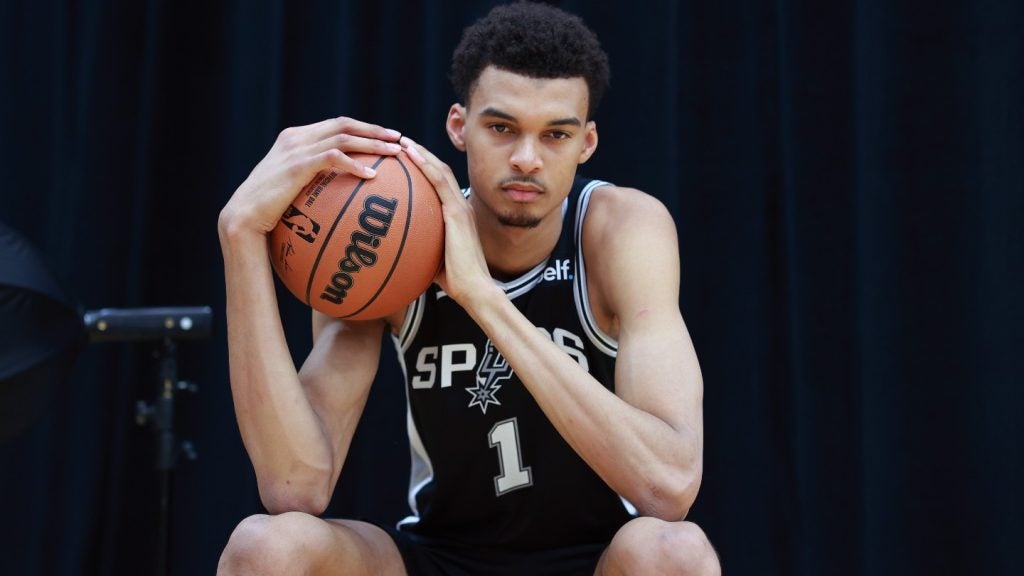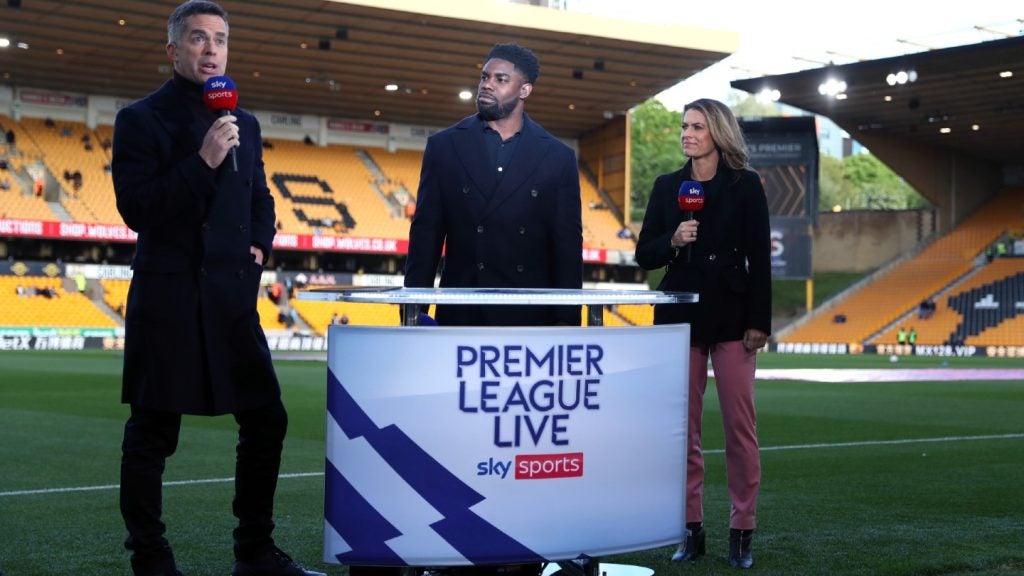
What is one of the biggest challenges faced by sports organisations and digital agencies today? Finding that balance between delivering a page in seconds, that is also packed with captivating imagery, bursting with stats, historical records, video and exciting features.
It doesn’t matter how fabulously feature-rich the site is – if pages load slowly, all the effort put in is for nothing. Whether that’s because it’s not fast enough to rank highly on search engines or because visitors’ ever-decreasing attention spans (at eight seconds, they are less than that of the lowly goldfish) cause them to bounce off the page before it loads, the result is missed opportunities for traffic, loss of potential sales, and disappointed fans.
So how can sports organisations find the right balance between web design and efficiency? Here are five tips to keep fans returning to your site.
1. Keep the design lean
Search engine optimisation helps to pinpoint which site pages are most popular. By identifying these, they can be targeted for a low load time by minimising complicated design elements, ensuring that bounce rates will drop. For sporting clients, the fixtures list is the page that often generates the most traffic from organic searches, so focus is needed to keep that page as lean as possible. Consider employing structured data markup on the page to increase the ranking.
2. Appearances are everything
How well do you really know your competitors?
Access the most comprehensive Company Profiles on the market, powered by GlobalData. Save hours of research. Gain competitive edge.

Thank you!
Your download email will arrive shortly
Not ready to buy yet? Download a free sample
We are confident about the unique quality of our Company Profiles. However, we want you to make the most beneficial decision for your business, so we offer a free sample that you can download by submitting the below form
By GlobalDataImagery is critical on a sport website. Sports organisations have access to a wealth of great photos, but if not optimised properly they will seriously slow a website down. Thought must be given to where images are most effective on the platform – analytical tools such as heatmapping can inform the decision. Galleries of athlete images near the bottom of the homepage might seem like a good idea, but if heatmapping shows that few users ever scroll that far, then actions like moving the gallery to its own page, rather than adding load to the homepage that everyone visits, will help.
3. External content
External third-party content such as tracking codes or social media walls will slow the experience for visitors. Small changes such as displaying just one post from each channel and directing users to a separate page if they want to load more can make a big difference. For videos, having preview images that click through to the video also greatly benefits site speed.
4. Minimise plug-ins
Plug-ins can easily check a lot of boxes when it comes to site capability. However, older plug-ins can slow a site down, so it is critical to regularly review the plug-ins installed, removing those no longer required or seeking out newer, faster alternatives.
5. Keep testing and reviewing
A website should never be viewed as the finished article. Even a lean and razor-sharp platform can slow down over time as pages are added and features are tacked on. Just as on the field of play, speed and efficiency rule. Finding the balance between compelling and engaging design, and good user experience through the speedy delivery of content will put your website top of the league.
Sportcal







